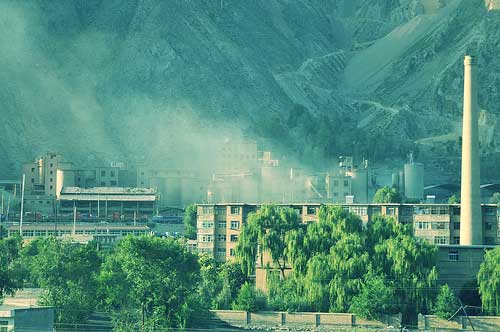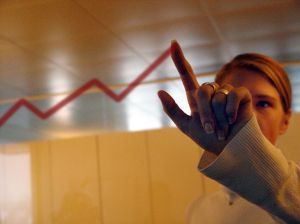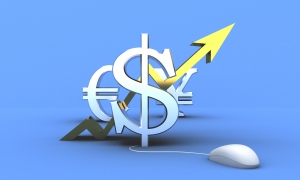 (This is the second and last part of a blog detailing the opportunities businesses have to become “creative disruptors” and engage in inclusive and sustainable development around the world. It is based upon DANIDA’s 50th anniversary conference and a paper presented there entitled “The challenge of, and opportunities for, inclusive and sustainable development” (PDF). Part one can be read here.)
(This is the second and last part of a blog detailing the opportunities businesses have to become “creative disruptors” and engage in inclusive and sustainable development around the world. It is based upon DANIDA’s 50th anniversary conference and a paper presented there entitled “The challenge of, and opportunities for, inclusive and sustainable development” (PDF). Part one can be read here.)
Challenge 3 : Climate change
That old bugbear of all things sustainable. The figures are well rehearsed but for the sake of inclusiveness here are a couple of the most salient:
- a rise of over 2°C by 2100 will lead to runaway climate change; we’re currently on track for 3.5°C and most scientists now believe 2°C is unobtainable;
- in the meantime by 2030 the world will need 45% more energy while only 17% of current energy production comes from renewables;
- in addition 50% more food and 30% more water will also be needed by 2030, with up to 70% of the water being required by agriculture.
Scary days, scary figures. Food markets in meltdown, commodity prices through the roof, inter-regional water wars. It’s all perfectly plausible and as always it will be the poorest and most vulnerable who will get hit hardest.
But once again there are realistic steps businesses can take to help stem the problem. Food consumption springs to mind, especially for those with large enough buildings to host cafeterias. Is it local, or at the very least sustainable?
Another thought is ignoring the energy infrastructure when looking to open a new location and simply building local renewable energy supply into the cost of the development. It may cost more, but is the long term price of continuing to lean on unsustainable national infrastructures worth paying?
Challenge 4 : Human security
In international terms, humanity is currently going through a period of unprecedented peace. However this does not necessarily mean that human beings are more secure: social violence, terrorism and international criminality are on the rise and 25% of the world’s population still live in conflict-afflicted countries.
This means that the number of displaced people around the World has stayed stubbornly at around 40 million for the past decade, while the number of these people being displaced internally (as opposed to being international refugees) has risen from 21 million to 27 million.
Much of this insecurity, especially in fast-growing middle-income countries, comes from the fact that social institutions aren’t keeping pace with economic change. This can lead to a frustrated middle class (as has been evinced by the Arab Spring), a gap in security where criminality takes over (as has happened in Latin America) or a general inability to protect people against the demands of heavy industrialisation (as frequently happens in India).
Again, whilst many of the solutions lie within the remit of the state there is much that business can do to help solve the problem. The first is to ensure their plans include realistic timescales and fully take into account the context within which the business will be operating. The second is to ensure that the venture enhances, strengthens and expands local markets by sourcing as much material as well as labour locally, even if it means boosting local suppliers.
Conclusion
Many of these solutions mean businesses will need to spend more time bringing to fruition a new venture and that they may not see as great a return on investment as they have done in the past.
However, if trying to gain the maximum profit from the least investment over the shortest period of time is increasing poverty, insecurity and climate change, then surely businesses need to seriously consider whether their actions are supporting or developing the desire for inclusive and sustainable development?
The celebrated green businessman and writer Paul Hawken once wrote
Business is the only mechanism on the planet today powerful enough to produce the changes necessary to reverse global environmental and social degradation
It’s time business started to live up to this responsibility.
Picture Credit: Sustainable development by Michael Chophard under CC Attribution Share Alike License.
Lucy is Editor at Corporate Eye

